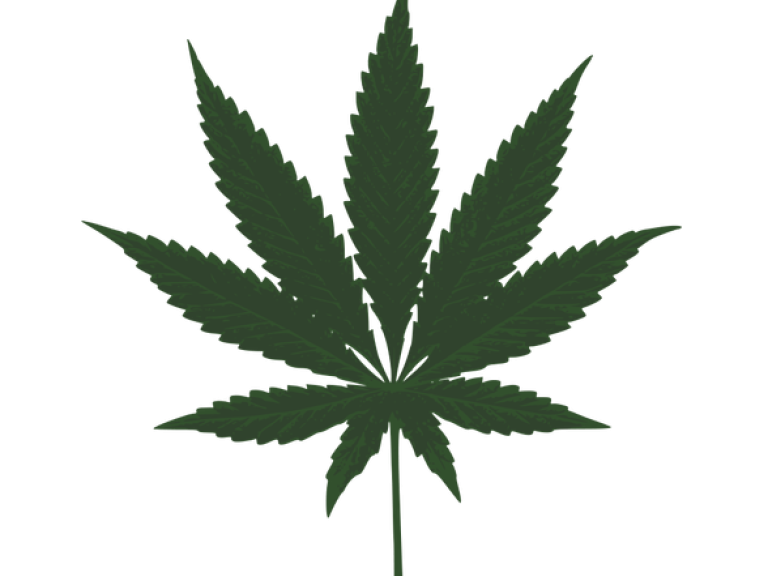(Some) Famous scientists and their poison

Disclaimer: This article is generated for entertainment and informative purposes, but not to be perceived as advice in regards to health or any other field.
It is estimated that in some of US campuses, up to 25% of the students are using prescription stimulants for performance enhancement rather than for medical reasons. This study only included the pharmaceuticals Ritalin, Dexedrine or Adderall, which were actually developed for the treatment of disorders like attention deficit hyperactivity disorder (ADHD) or narcolepsy. Besides these mentioned substances, there is a variety of other chemicals which are used or abused for similar reasons. Some of them are not even classified as pharmaceuticals, but as narcotics or research chemicals. One often used terminology is the word “smart drugs”. Theoretically, even caffeine or other herbal supplements would fall under this category. In fact, the term smart drug could be interpreted in such a broad way that it would include alcohol or tobacco. Alcohol has been associated with increased levels of creativity when consumed in moderation. And even tobacco can lead to improved attentional performance.
There is plenty of debate around the ethical implications and where to draw the cut-off for reasonable use of stimulants (e.g. coffee vs. pharmaceuticals). I don’t feel the need to publish any discussion from my side. I also don’t want to elaborate on the possible reasons behind the increased use of smart drugs. The question I asked myself some days ago had a purely entertaining nature. Like watching a sitcom and taking up the information, without giving it further thoughts. And so I wondered if there are, or were, scientists that are known to be consumers of smart drugs.
-
Alfred Hofman. I guess it is not surprising that the inventor of LSD has come in contact with the substance himself. Although involuntarily the first time, it is known that he kept experimenting (and tripping) later on in his life. Furthermore, he was a strong advocate for the use of hallucinogens for medical research and therapy. His legacy is not limited to LSD but also includes the research on other psychoactive substances such as psilocybin.
-
Alexander Shulgin. Similar to Alfred Hofman, Alexander Shulgin did active research on hallucinogens and discovered around 200 new substances, mainly phenethylamines and tryptamines. He first worked for Dow Chemicals where he was responsible for some very valuable patents. This success gave him the freedom (and license) to work with schedule I drugs. He set up a chemical laboratory behind his house, dedicating most of his life to the study of psychedelics. Most of his newly synthesized substances were tested by himself and his wife. His life is depicted in the documentary “Dirty Pictures” which gives a very fascinating insight into his life.
Zectran, one of Alexander Shulgin's most famous patents. JonRHanna, CC BY-SA 3.0 https://creativecommons.org/licenses/by-sa/3.0, via Wikimedia Commons
-
Paul Erdős. He is sometimes described as the man who loved only numbers and drugs. Born in Hungary, he was considered a mathematical genius. During his lifetime, he published more than 1,500 mathematical papers, probably because maths was his all-time favourite activity. He started consuming amphetamines on a daily basis after he was prescribed them at the age of 58, to help him cope with the death of his mother. He soon must have used them daily to boost his mathematical output. Years later, he accepted a bet to stop taking amphetamines for one month. He won the bet but concluded that mathematical science has been held back for one month.
-
John C. Lilly. Just the other week I was using one of John C. Lilly’s inventions, and it was not related to the intake of psychoactive substance, but rather the depletion of environmental stimulus: A float tank. Lilly was a counterculture scientist and good friends with creative minds like Ram Dass or Timothy Leary. Scientifically, he was most famous for his work as a neuroscientist and physician. He also had a habit of using his float tank under the influence of LSD. Apparently he was also a friend of Ketamine, which, I hope, he did not use while inside a float tank.

Isolation/float tank - Schappelle, CC BY-SA 4.0 https://creativecommons.org/licenses/by-sa/4.0, via Wikimedia Commons
-
Francis Crick. For this most famous person I will start with a quote: “Mail on Sunday: Nobel Prize Genius Crick Was High on LSD When He Discovered the Secret of Life”. However, it is more likely that he discovered LSD a few years after making his ground breaking discovery.
-
Kary Mullis. His famous work can nowadays be found in almost any biomolecular laboratory around the world. Kary Mullis developed the polymerase chain reaction (PCR) which allows the amplification of gene sequences. During his graduate studies, he was operating a clandestine laboratory, specializing in LSD and psychoactive amphetamines. Apparently, the use of LSD helped him in the development of the PCR technique.
-
Thomas Edison, Sigmund Freud, William Halsted….Looking through the biographies of some older generation scientists, the frequent use or even addiction to morphium or cocaine is a common sight. It’s also not a big surprise, given the fact that these substances were legally available until the 1920s. I wonder if back in the days people were worried about the increased use of smart drugs? The criminalization of these substances would draw such a conclusion. Although the reasons behind that might go beyond their possible effect as performant enhancers.
Finally: Enhancing the brain’s activity is also possible through completely legal routes. Science and many ancient cultures have discovered various methods, such as: Physical exercise, Yoga, meditation, social interactions and healthy diets.